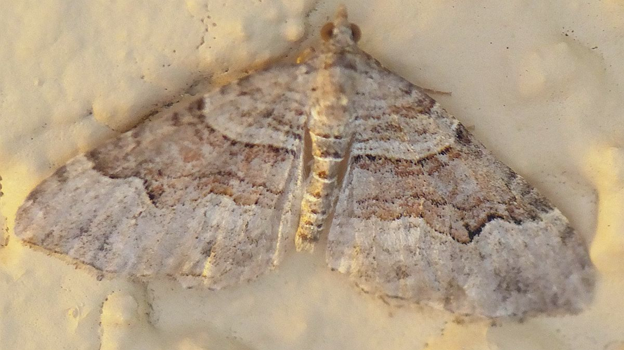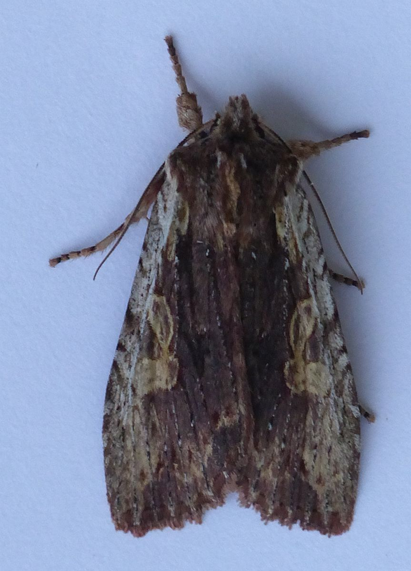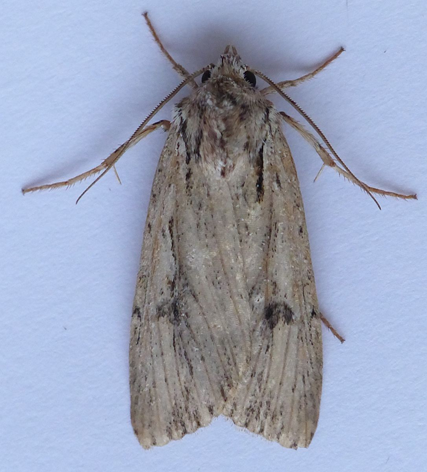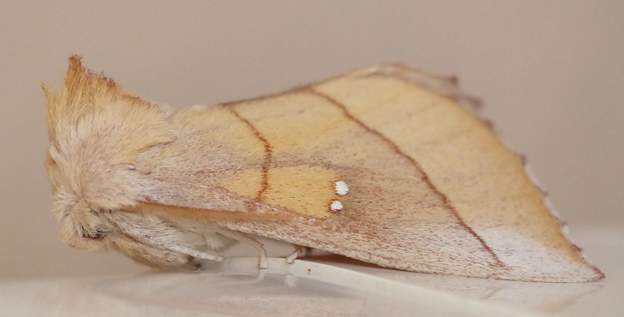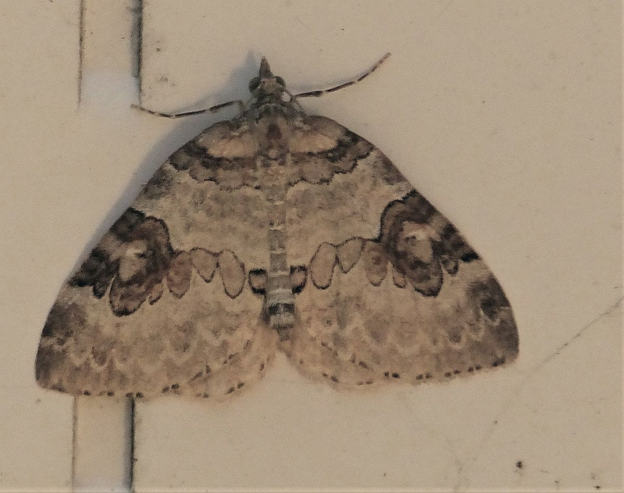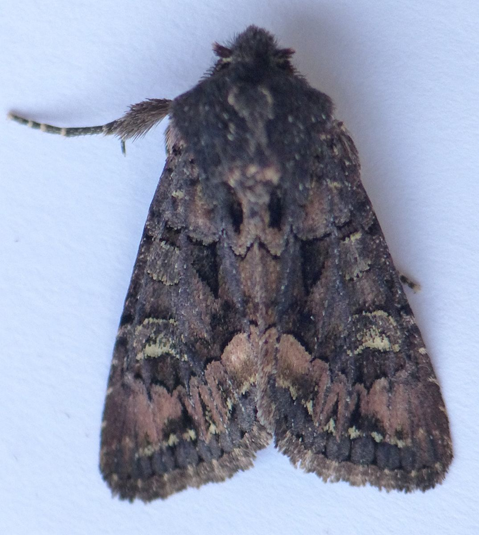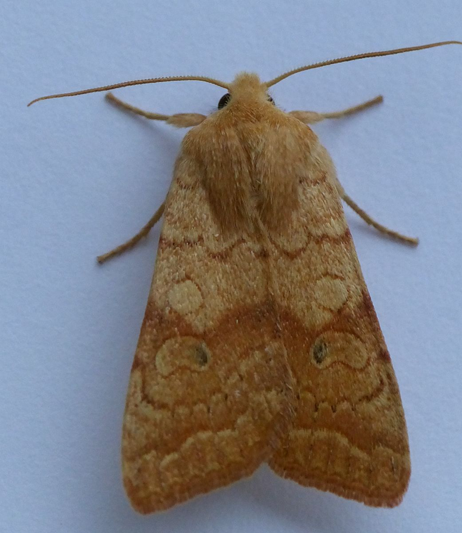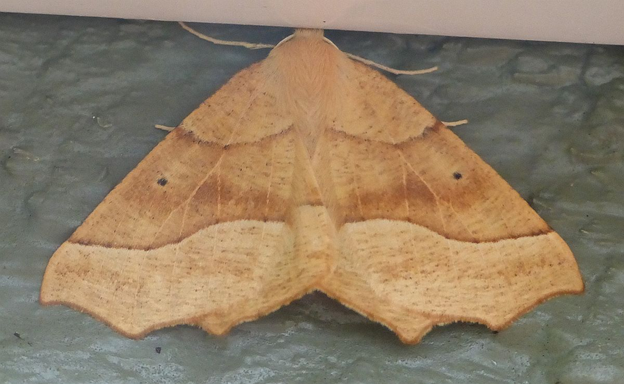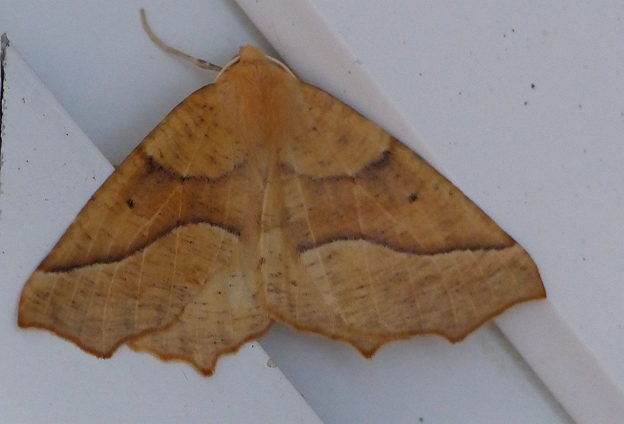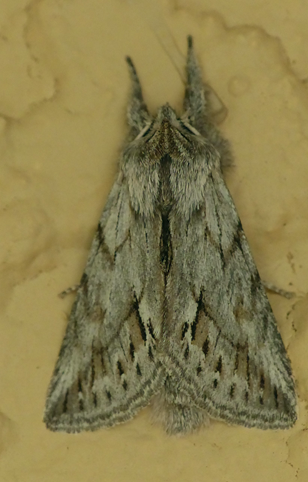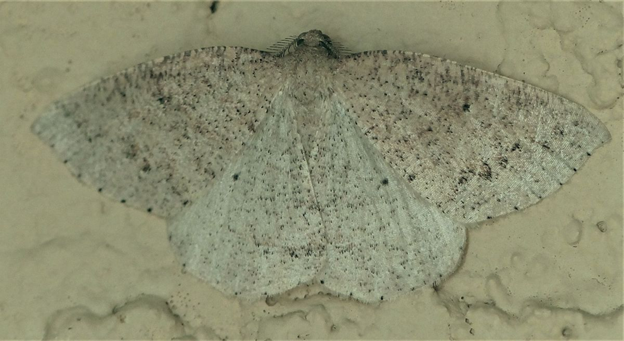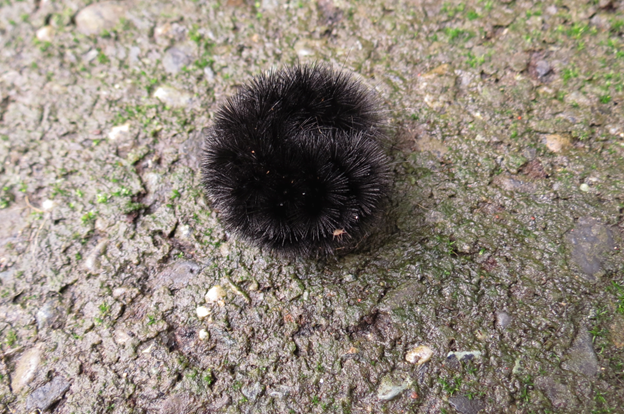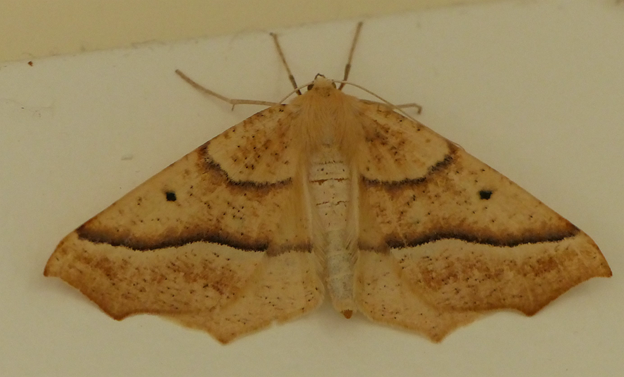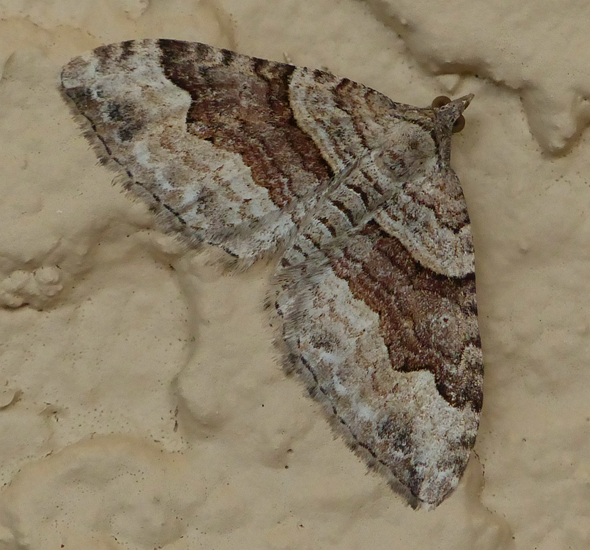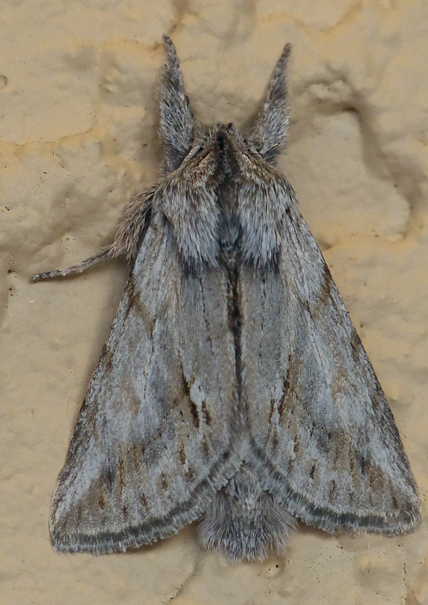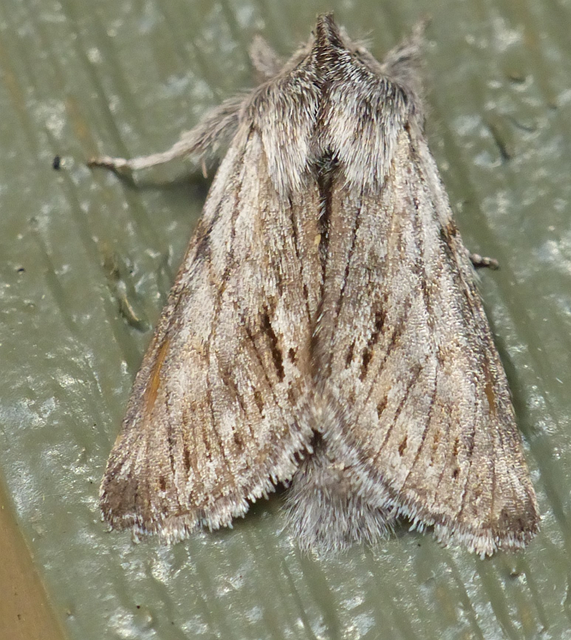2019 September 23 afternoon
Jeff Gaskin writes that Kirsten Mills saw a late Lorquin’s Admiral in Peden Lane, Brentwood Bay on September 22, and that he saw a Painted Lady at Panama Flats and two Painted Ladies in Cecilia Ravine on September 21. So – there are still a few butterflies around, so it’s worth doing a Butterfly Count. See the September 22 Invert Alert for details.
Jeremy Tatum writes: Sightings of Lorquin’s Admiral in September are rare; the latest September date that I can find was a sighting of one on September 27, 2014.
Jochen Möhr’s moths from Metchosin this morning:
1 Drepanulatrix sp.
1 Euxoa sp.
10 Pleromelloida cinerea
1 Sunira decipiens
1 Tetracis sp.
1 Xestia finatimis complex
Photos tomorrow.


